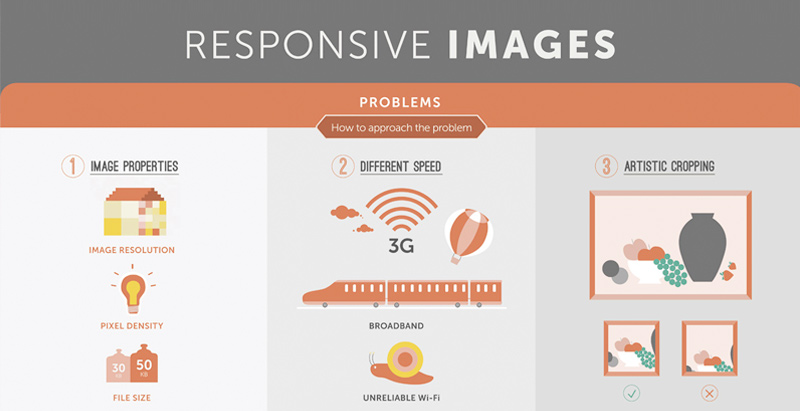The Evolution Of Web Site Style: From Past To Present
The Evolution Of Web Site Style: From Past To Present
Blog Article
Authored By-Johnsen Hejlesen
In the past, internet sites were straightforward and focused on details. Navigation was straight, and layout was for desktop computers. Now, user experience is essential. Information overviews designs for very easy navigation. Receptive layouts match various tools. Today, dark setting reduces strain, and minimalist menus enhance navigation. Interactive features engage customers, and strong visuals stick out. https://www.google.com/maps/place/Moon+and+Owl+Marketing/@32.9757271,-106.5344695,1840583m/data=!3m1!1e3!4m6!3m5!1s0x864ddeaa4179705b:0x488d41d2cc6b9750!8m2!3d32.9757271!4d-97.5696258!16s%2Fg%2F11b6mpccrg?entry=ttu&g_ep=EgoyMDI1MDIxMS4wIKXMDSoJLDEwMjExNDUzSAFQAw%3D%3D . See exactly how style has developed to improve your on the internet trip.
Very Early Days of Web Design
In the early days of website design, simplicity preponderated. Sites were standard, with limited shades, typefaces, and designs. The focus was on giving info as opposed to showy visuals. Individuals accessed the net through slow-moving dial-up links, so rate and functionality were key.
Navigating menus were straightforward, commonly located on top or side of the page. Internet sites were made for home computer, as mobile browsing wasn't yet common. Content was king, and designers focused on very easy readability over complicated layout aspects.
HTML was the key coding language utilized, and designers needed to function within its restrictions. Animations and interactive features were minimal compared to today's standards. https://thewisemarketer.com/loyalty-strategy/the-art-of-digital-marketing-on-linkedin/ were fixed, with little dynamic material or personalized user experiences.
Increase of User-Focused Design
With the development of web site style, a shift towards user-focused design principles has actually ended up being increasingly popular. Today, developing internet sites that prioritize customer experience is crucial for engaging site visitors and attaining service goals. User-focused layout includes understanding the needs, preferences, and behaviors of your target audience to customize the internet site's format, web content, and includes appropriately.
Developers now conduct detailed research study, such as user surveys and functionality testing, to collect understandings and responses directly from users. This data-driven technique helps in creating instinctive navigation, clear calls-to-action, and visually enticing user interfaces that resonate with visitors. By positioning the customer at the facility of the design procedure, internet sites can provide an extra tailored and delightful experience.
Receptive design has also become a crucial aspect of user-focused style, ensuring that web sites are enhanced for numerous tools and screen dimensions. This adaptability enhances ease of access and usability, dealing with the diverse ways customers connect with web sites today. In essence, the rise of user-focused layout indicates a change towards creating digital experiences that focus on the needs and assumptions of the end individual.
Modern Trends in Web Design
Explore the latest patterns forming website design today. One prominent pattern is dark mode design, supplying a streamlined and contemporary appearance while minimizing eye strain in low-light atmospheres. Another vital trend is minimal navigating, streamlining menus and boosting user experience by focusing on essential elements. Including micro-interactions, such as animated switches or scrolling impacts, can produce a more interesting and interactive site. Responsive style continues to be crucial, ensuring smooth user experiences throughout numerous tools. In addition, utilizing bold typography and unbalanced designs can include visual rate of interest and accentuate specific material.
Integrating AI innovation, like chatbots for customer support or individualized suggestions, improves customer interaction and enhances procedures. Ease of access has additionally come to be a considerable trend, with designers focusing on inclusive design techniques to cater to varied individual needs. Embracing sustainability by enhancing internet site performance for rate and effectiveness is another emerging trend in web design. Teaming up with user responses and data analytics to iterate and enhance design continuously is vital for remaining pertinent in the ever-evolving digital landscape. By accepting these modern patterns, you can create an aesthetically enticing, straightforward web site that resonates with your audience.
Final thought
As you review the evolution of website style from the early days to currently, you can see just how user-focused layout has come to be the driving force behind contemporary trends.
Embrace the trip of adjustment and adaptation in website design, always keeping the user experience at the leading edge.
Stay existing with the latest fads and innovations, and never ever stop evolving your approach to create aesthetically spectacular and straightforward websites.
Advance, adapt, and create - the future of web design is in your hands.
